From the November 2023 issue of Apollo. Preview and subscribe here.
Visitors to Giacomo Veronesi’s performance piece Border EUphoria, staged in a disused office complex on the outskirts of Graz, Austria, are asked to surrender a piece of ID on entry. Uniformed border police swap each one in turn for a grey Välismaalase Pass – Estonian for ‘alien’s passport’ – before the visitors are ushered en masse into a nondescript waiting room. The visitors are made to wait in a crowd at one end of the room; at the other, a group of women file in and out. The women – four older, four younger – enter the room in varying combinations. They inspect one another; they throw disco shapes. The younger women examine the older, holding their limbs aloft and pinching their bellies. They kiss. Then, the visitors are ushered into another room and things get really weird.
The performance explores one of the central themes of Steirischer Herbst (‘Styrian Autumn’), the long-running contemporary art festival held annually in Austria’s second city. ‘Grey zones’ – those indeterminate spaces between countries and cultures, between polarised political lines and between the extremes of human behaviour – are the order of the day here, with particular attention paid to the fissures that currently run across Europe. Border EUphoria’s alien passports are based on real-life ones: ethnic Russians make up 24 per cent of Estonia’s population, a legacy of Tsarist and Soviet empires, and many have never been given full citizenship by the modern Estonian state. The performers in Border EUphoria all come from Narva, a city perched on Estonia’s border with Russia and thus a site of both historic and very contemporary geopolitical tension.
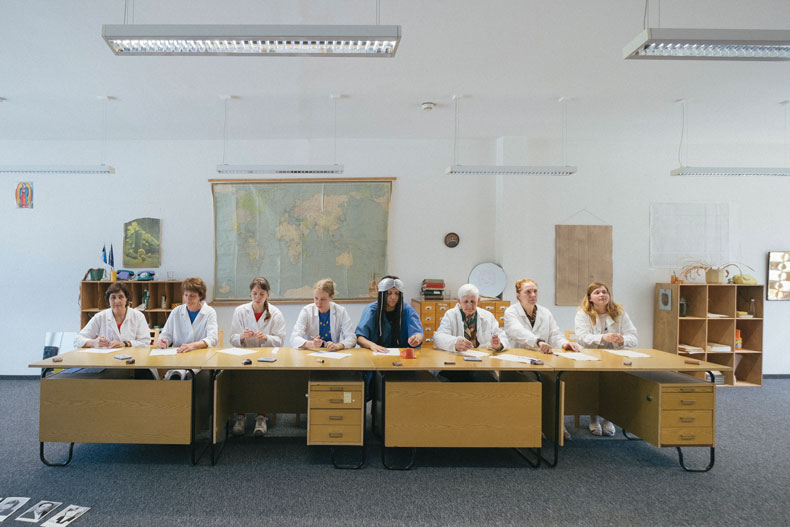
Rehearsal for performance of Border EUphoria (2023) by Giacomo Veronesi at the Steirischer Herbst Festival in Graz, in September 2023. Photo: Steirischer Herbst/Clara Wildberger
The performance takes this tension as its starting point. All the older women are Russian-speakers, born when Estonia was a Soviet Socialist Republic. The younger are all roughly the same age as post-independence Estonia. But instead of trying to resolve the tension, the performers antagonise it, turning this political and personal uncertainty – the fault lines they’re dealing with, after all, run right through individual people as well as between nation-states – into a surreal kind of celebration. ‘So much trauma,’ the young women sing mockingly, in a room full of faded mid-century office furniture, as their older counterparts go through the motions of work at desks and filing cabinets. The choreographed movements become more extreme the longer they go on, frantically stamping ink stamps and tearing up paper, until the whole thing dissolves into deliberately grotesque disco dancing under nightclub lights. Two of the performers – one younger, one older – squeeze into the same swirly-print dress and stomp conjoined around the room.
Like I said, weird – but the point, as far as I could make out, was to lead the spectators into an in-between zone of their own, where settled ideas about nation, territory, identity, even the boundaries between one individual and another could be deliberately thrown into disarray. A classic – if disco fabulous – alienation effect, in other words.
Much of this innovative, though somewhat over-stuffed, festival aims to disturb in similar ways. Graz, in the southern Austrian province of Styria, was once something of a border zone itself. Separated by a mountain range from what is now Slovenia, historically it was a Germanic frontier province, although today it is solidly, prosperously Mitteleuropean (an image only shaken slightly by the fact that it elected a Communist mayor out of nowhere in 2021). Steirischer Herbst, founded in 1968, has often aimed to unsettle with its multi-disciplinary commissioning. (In 1988, on the 50th anniversary of the Anschluss, the festival staged artistic ‘redecorations’ of parts of the city associated with National Socialism – some of which were defaced by neo-Nazis in response.)
This year, the official title of the festival, directed by the Russian art historian Ekaterina Degot, is ‘Humans and Demons’. Its premise is that in today’s world, ‘the most violent and demonic qualities of humanity’ are in resurgence – and survival throws up ‘moral dilemmas […] familiar from the 20th century’. Aside from a performance programme, the main way the festival explores this is through four group exhibitions, located at different sites around Graz, each one loosely themed on a historical individual with connections to the city. These individuals include Dietrich Schulz-Köhn, aka ‘Dr Jazz’, a radio DJ who launched his post-war career with the contacts he’d cultivated while serving with the Luftwaffe in occupied France; Stefan Marinov, a Bulgarian anti-communist dissident and quack scientist; Mira Schendel, a Swiss-Jewish artist who passed through Graz in her effort to flee Europe in the 1940s; and ‘Frieda’, a fake identity created by pacifists who wanted to conceal their politics during the Nazi period.
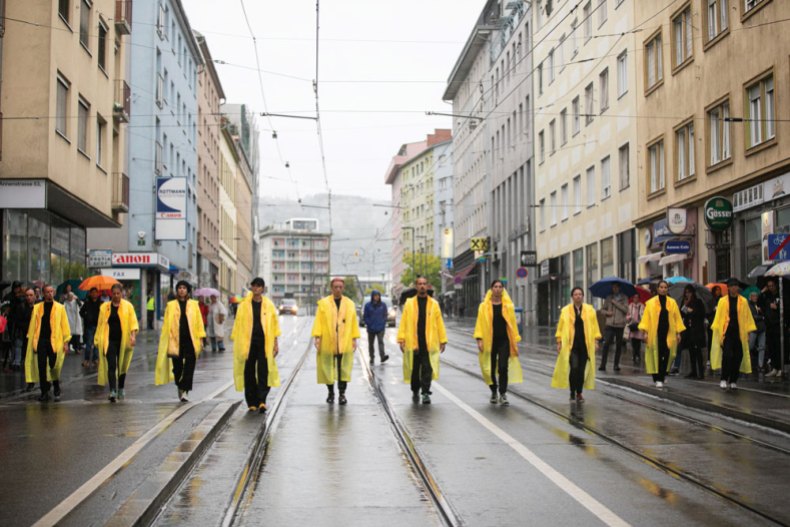
Performance of Annenlinie (2023) by Mateja Bucar at the Steirischer Herbst Festival in Graz, in September 2023. Photo: Steirischer Herbst/Johanna Lamprecht
As you can see, this is pretty Nazi-heavy stuff. But why? Is this merely stating the obvious as a shortcut to moral profundity – or does it generate fresh meaning from connecting past with present? Like elsewhere in Austria, or Germany, or a number of other places where people would prefer not to admit it, once you start noticing Graz’s Nazi past you can’t stop. (Inside the Schlossberg, the fortified hill in the city’s historic centre, is a set of tunnels dug as air-raid shelters during the Second World War. It now houses a fairground train and a lift with a soundtrack by Brian Eno.) Some of the festival’s interventions try to set up a direct relationship with the city and its history. Mateja Bucar’s Annenlinie, an outdoor performance piece, sends a line of silent dancers down Annenstrasse, a Jewish neighbourhood destroyed on Kristallnacht that is now home to Afghan refugees among others. Dressed in yellow cagoules (it’s pouring with rain the morning of their performance), they walk in shifting formation down the wide road, mingling with passers-by. It seems like an appropriately ghostly disruption.
Elsewhere, the theme becomes diffuse, providing little more than scaffolding for a collection of – sometimes truly excellent – works about political violence and memory. Among the highlights are Rehearsing Azaad Hind Radio (2018), a film installation by Zuleikha Chaudhuri that investigates the complex legacy of Subhas Chandra Bose, the Indian nationalist whose wartime struggle against British imperialism sent him into the arms of the Axis powers; Onset (2023), a horror-inflected CGI exploration, by the Russian-Belarusian duo Anna Engelhardt and Mark Cinkevich, of Russian military installations in Syria, Ukraine and Belarus; and The Lemberg Machine (2023), a stop-motion animation by Dana Kavelina about the Lviv pogroms of 1941, which directly preceded the Holocaust.
Each film, in its own innovative way, forces the viewer to confront the destructive effects of nationalism, even when it comes from one’s ‘own’ side. Kavelina’s is particularly brave, since the Ukrainian artist is addressing a topic that many people in her own country would rather keep quiet about, particularly when Ukraine faces an existential threat. ‘What’s that, mama?’ asks a girl, walking along a deserted, De Chirico-like street, in the aftermath of a convulsion of collective violence. A gorgon’s head appears in the sky above the street, hair wriggling in Harryhausen fashion and eyes glaring down; a silent, searing condemnation of suffering. It’s just one of the many vivid apparitions the festival has to offer
From the November 2023 issue of Apollo. Preview and subscribe here.
Unlimited access from just $16 every 3 months
Subscribe to get unlimited and exclusive access to the top art stories, interviews and exhibition reviews.


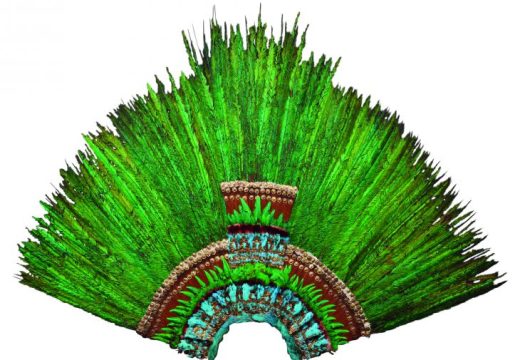
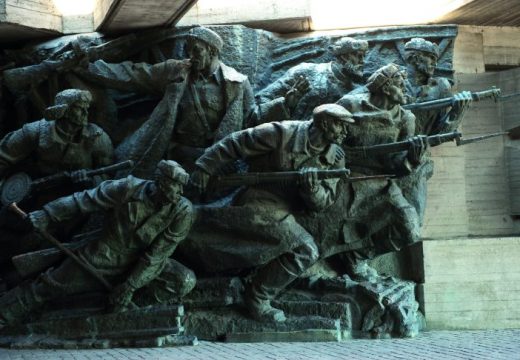
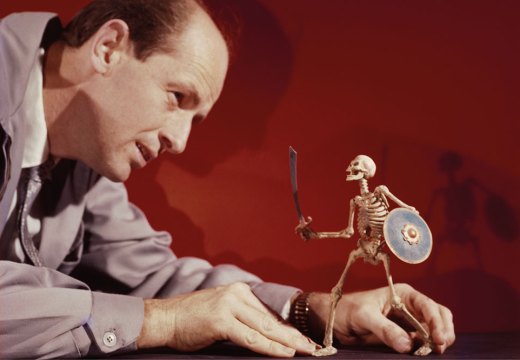









![Masterpiece [Re]discovery 2022. Photo: Ben Fisher Photography, courtesy of Masterpiece London](http://www.apollo-magazine.com/wp-content/uploads/2022/07/MPL2022_4263.jpg)
It’s time for the government of London to return to its rightful home